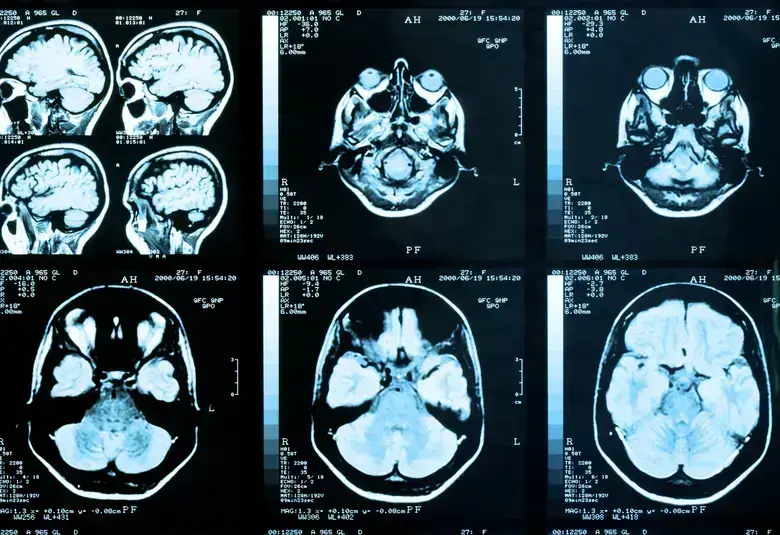Globally, Alzheimer's disease affects 324 individuals per 10,000. The incidence of dementia roughly doubles every five years. The prevalence was higher in women than in men, with 788 versus 561 instances per 10,000 individuals, respectively1. Meta-analyses have demonstrated a link between dementia and migraines, indicating that individuals suffering from migraines are twice as likely to develop Alzheimer's disease2. Further investigation indicates that individuals suffering from migraines may face an increased risk of developing dementia within 3.6 to 11.2 years following the onset of migraines3. This underscores the potential of migraines to serve as an early warning sign for Alzheimer's disease, emphasizing the need for clinicians to be vigilant when patients present with migraines are accompanied by early signs of cognitive decline.
Migraines influence Alzheimer's disease via three primary pathways: changes in theN- methyl-D-aspartate receptor (NMDAR), interactions within the gut-brain axis, and 2 © Confidential 2017 shared genetic factors (Figure 1). Preclinical study suggests that migraines induce cognitive decline by alterations in hippocampal synaptic plasticity and NMDAR4. The phosphorylation of CREB, crucial for synaptic plasticity, learning, and memory in the hippocampus, is inhibited in Alzheimer's disease. This inhibition is due to Amyloid beta (Aβ)-mediated inactivation of PKA, leading to decreased CREB phosphorylation and thereby impairing long-term potentiation (LTP) generation, impacting memory formation and cognitive function in AD5.

Figure 1. The mechanisms of migraines trigger Alzheimer's disease. Migraines lead to Alzheimer's via three main pathways: alterations in the NMDAR, interactions within the gut-brain axis, and genetic overlaps. Amyloid beta inhibits NMDAR, which impedes the phosphorylation of CREB, a key element for synaptic plasticity, learning, and memory in the hippocampus. Dysbiosis in the gut microbiome modifies the immune system, the vagus nerve, and the production of neuroactive substances, contributing to brain degeneration. Lastly, shared genetic factors between migraines and Alzheimer's, such as the ApoE ε4 allele, highlight a common variant that disrupts the clearance of amyloid-beta in the central nervous system by forming an amyloid-beta-APOE complex.
Another pathway through which migraines may contribute to Alzheimer's involves the gut-brain axis and shared genetic predispositions. The gut-brain axis 3 represents a complex communication network that links the enteric and central nervous systems. This axis is pivotal for maintaining brain health and is implicated in various neurological disorders through mechanisms involving the immune system, the vagus nerve, and neuroactive substances produced by gut microbiota. When inflammatory cytokines are triggered by changes in the gut microbiome (dysbiosis), it can lead to a cascade of effects detrimental to brain health. Inflammatory cytokines are signaling molecules that mediate and regulate inflammation; when overproduced, they can cross the blood-brain barrier (BBB) and contribute to neuroinflammation. This inflammatory response in the brain can activate microglia,the brain's resident immune cells. Activated microglia can sometimes have a neuroprotective role, but chronic activation can lead to the release of further pro-inflammatory cytokines, oxidative stress, and ultimately, neuronal damage leading to brain degeneration6.
Regarding genetic overlap, Alzheimer's disease is associated with the ApoE ε4 allele, which heightens the risk of Alzheimer's by disrupting cholesterol metabolism. APOE is responsible for the transport of cholesterol and phospholipids into lipoproteins, and it aids in the clearance of Aβ in the central nervous system by forming an Aβ-APOE complex7. However, the ε4 variant impairs this process7. Interestingly, this genetic variant has also been identified in individuals with migraines, indicating a potential shared mechanism underlying both conditions8. This connection suggests a complex interplay between genetic factors and gut-brain interactions in the progression of Alzheimer's and the incidence of migraines.




